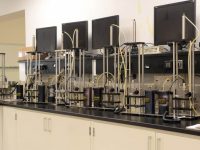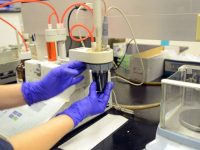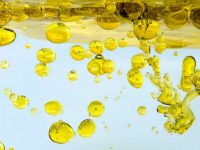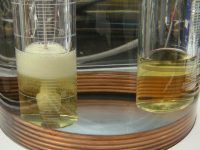Understanding Particle Counting Methods Particle counting is considered by many to be one of the most important test for used oil analysis. Many problems can be quickly and easily identified by monitoring the number and size-distribution of particles in an oil sample. The ISO Code is the most common unit of reporting the number of…
Read more
Understanding Particle Counting Methods





